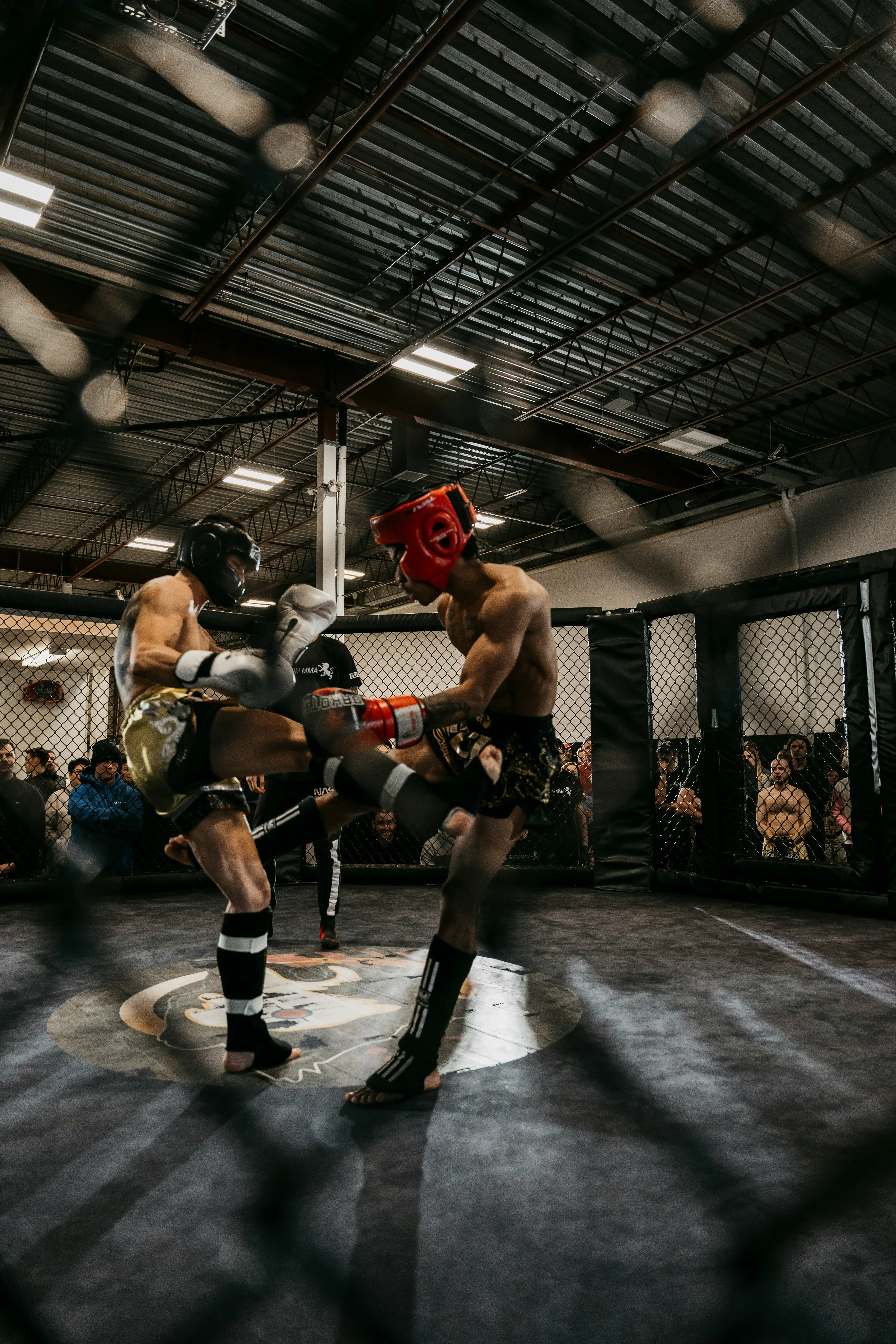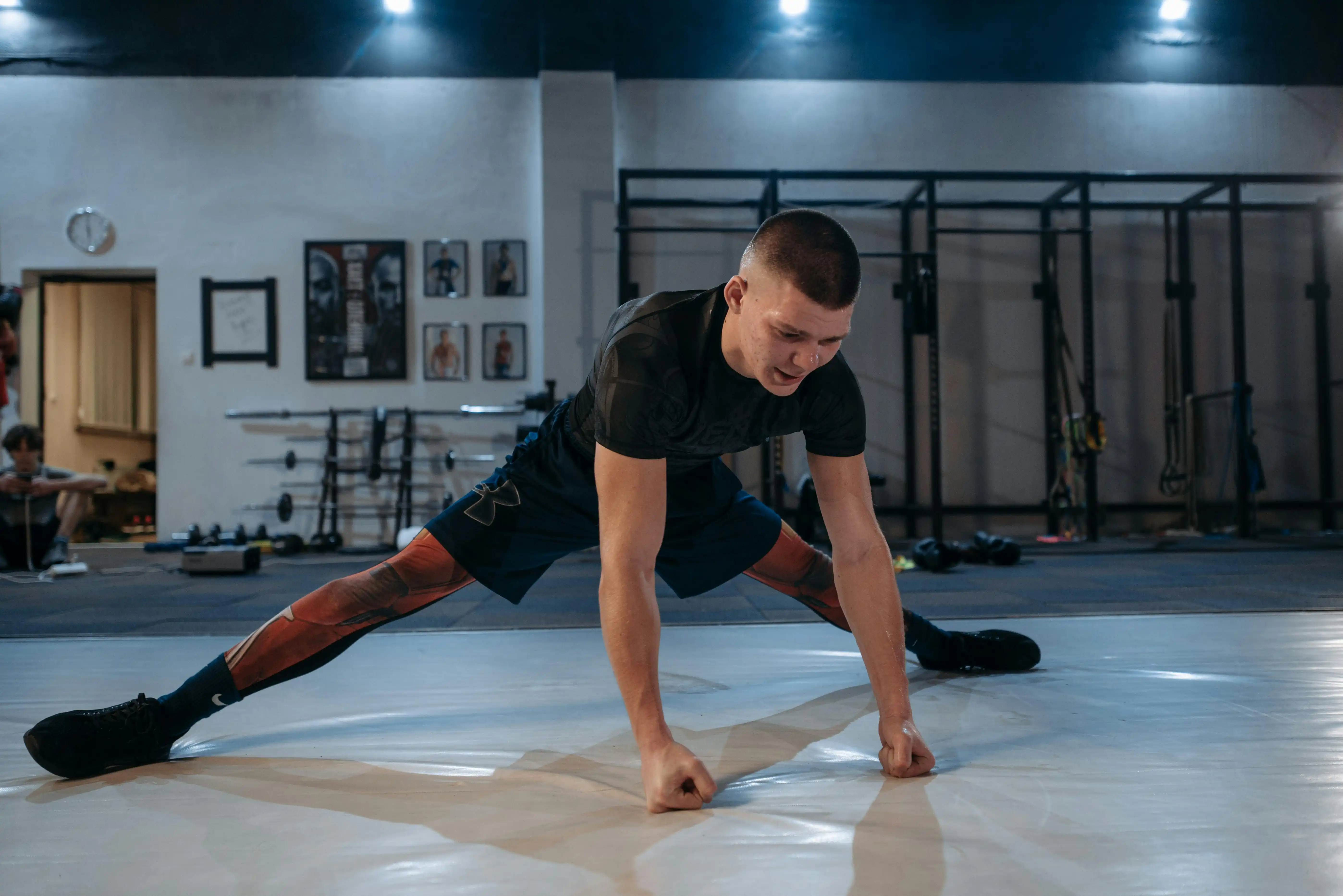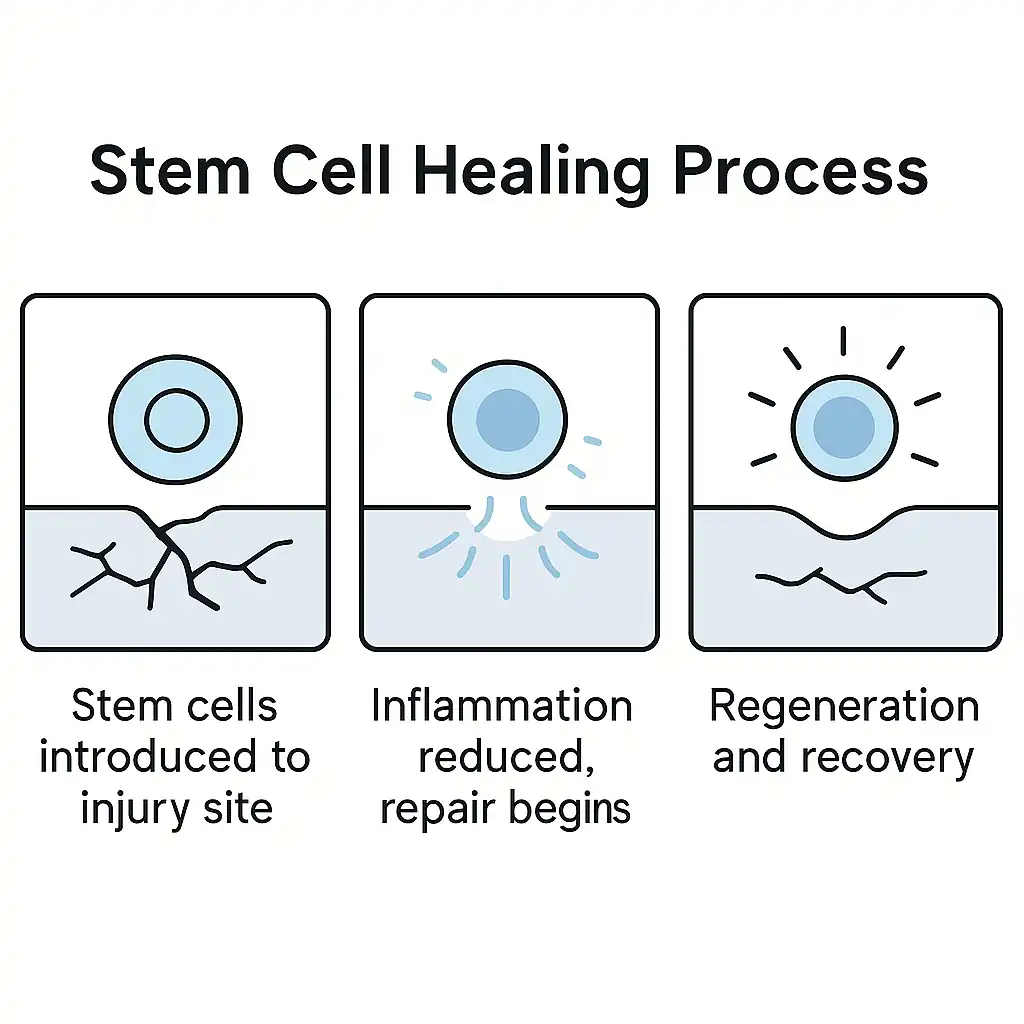How Stem Cell Therapy Is Transforming Recovery and Longevity in MMA

Stem Cell Therapy in MMA: How Regenerative Medicine Is Helping UFC Fighters Heal, Recover, and Extend Their Careers
In a sport built on broken bones and relentless training, recovery has become the new frontier. Over the past decade, the landscape of injury rehabilitation in MMA has transformed dramatically. Where fighters once relied primarily on surgical interventions and extended rehabilitation periods, a growing number of elite athletes are turning to regenerative medicine, particularly stem cell therapy, as part of their recovery protocols. This shift, exemplified by prominent UFC champions including Anderson Silva, Jon Jones, Daniel Cormier, and Chuck Liddell, reflects broader changes in how combat sports approach athlete longevity and performance sustainability.
The Evolution of Healing: From Surgery to Regeneration
Traditional approaches to sports injuries in MMA have historically centered on surgical repair, cortisone injections, and physical therapy. These methods, while often necessary, frequently resulted in extended time away from competition and, in many cases, diminished athletic performance upon return. The physical demands of mixed martial arts, with its combination of striking, grappling, and explosive movements, place extraordinary stress on joints, ligaments, and soft tissues.
Stem cell therapy represents a fundamentally different approach to tissue repair. Mesenchymal stem cells (MSCs), the type most commonly used in sports medicine applications, possess the capacity to differentiate into various cell types including cartilage, bone, and muscle tissue. Research suggests these cells may help modulate inflammatory responses and promote tissue regeneration through the release of growth factors and cytokines. Unlike surgical interventions that remove or reconstruct damaged tissue, stem cell therapy aims to stimulate the body's natural healing mechanisms.
The science behind regenerative medicine continues to evolve, with ongoing clinical studies examining optimal protocols and long-term outcomes. While individual responses vary, the theoretical framework supporting stem cell use in sports injuries has attracted attention from both medical professionals and athletes seeking alternatives to conventional treatment.
Inside the Fighters' Recovery Stories

The adoption of stem cell therapy among high-profile MMA fighters illustrates how elite athletes are incorporating regenerative medicine into their career management strategies. These cases, while individual in nature, share common themes of injury prevention, recovery optimization, and career extension.
Anderson Silva's decision to undergo stem cell treatment for his knee followed years of accumulated damage, including his well-documented leg fracture in 2013. Silva's treatment targeted chronic knee issues that traditional methods had failed to adequately address. Jon Jones pursued a preventative approach, reportedly seeking stem cell therapy as part of a comprehensive effort to address the cumulative effects of his training regimen before they developed into career-threatening injuries.
Daniel Cormier's experience centered on managing chronic knee problems without resorting to invasive surgery. The former two-division champion combined stem cell therapy with platelet-rich plasma (PRP) treatments, an approach that has shown potential in addressing degenerative joint conditions. Chuck Liddell's post-retirement treatment represented yet another application, focusing on quality of life improvements rather than competitive performance.
These varied approaches highlight how stem cell therapy in MMA serves different purposes across the spectrum of an athlete's career. Whether addressing acute injuries, managing chronic conditions, or improving post-career wellbeing, the reported outcomes include reduced inflammation, improved joint function, and decreased recovery times between training sessions.
What Stem Cell Therapy Does in the Body
The mechanisms through which stem cells may promote healing involve complex biological processes that researchers continue to investigate. When introduced to damaged tissue, MSCs are believed to exert both direct and indirect effects. Direct effects may include differentiation into specific cell types needed for repair, while indirect effects involve the secretion of bioactive molecules that modulate inflammation and stimulate resident cells to participate in the healing process.
In the context of combat sports injuries, this dual mechanism addresses two critical factors: tissue damage and chronic inflammation. The anti-inflammatory properties of MSCs may be particularly relevant for athletes dealing with repetitive stress injuries common in MMA training. Additionally, the potential for cartilage regeneration addresses one of the most challenging aspects of joint injuries in sports medicine.
Current research suggests that outcomes may depend on multiple factors including the source of stem cells, delivery method, and individual patient characteristics. While many athletes report positive results, the scientific community continues to work toward standardizing protocols and establishing clear efficacy parameters through controlled studies.

The Bigger Picture: Longevity, Performance, and the Future of MMA Recovery
The integration of regenerative medicine into MMA reflects broader trends in professional sports toward evidence-based recovery protocols and career longevity planning. This evolution parallels developments in training methodology, nutrition science, and performance analytics that have transformed combat sports over the past two decades. For the current generation of fighters, the examples set by Silva, Jones, Cormier, and Liddell provide a roadmap for incorporating regenerative therapies into comprehensive career management. Training camps increasingly recognize recovery as a trainable component of athletic performance, with stem cell therapy representing one tool among many in the modern fighter's arsenal. The cultural shift within MMA toward embracing medical innovation also reflects changing attitudes about athlete health and career sustainability. Where previous generations might have viewed injuries as badges of honor to be endured, today's fighters increasingly approach their bodies as professional assets requiring strategic maintenance and care. As regenerative medicine continues to advance and more data emerges regarding long-term outcomes, its role in combat sports will likely expand and refine. The experiences of these pioneering fighters have opened conversations about not just treating injuries, but fundamentally rethinking how athletes can maintain peak performance throughout extended careers. In a sport where the margin between victory and defeat often comes down to physical durability, the integration of stem cell therapy represents an evolution in how fighters prepare for and recover from the demands of elite competition.
Start Today
We invite you to embark on this transformative journey with us through our certified stem cell therapies, a premier treatment option. A stem cell specialist will guide you through the entire process, explaining the program, benefits, and what to expect during and after the procedure. If you have any questions, suggestions, or would like to schedule a consultation, please feel free to reach out. Our dedicated team is here to provide you with the support and information you need to make informed decisions about your health.
